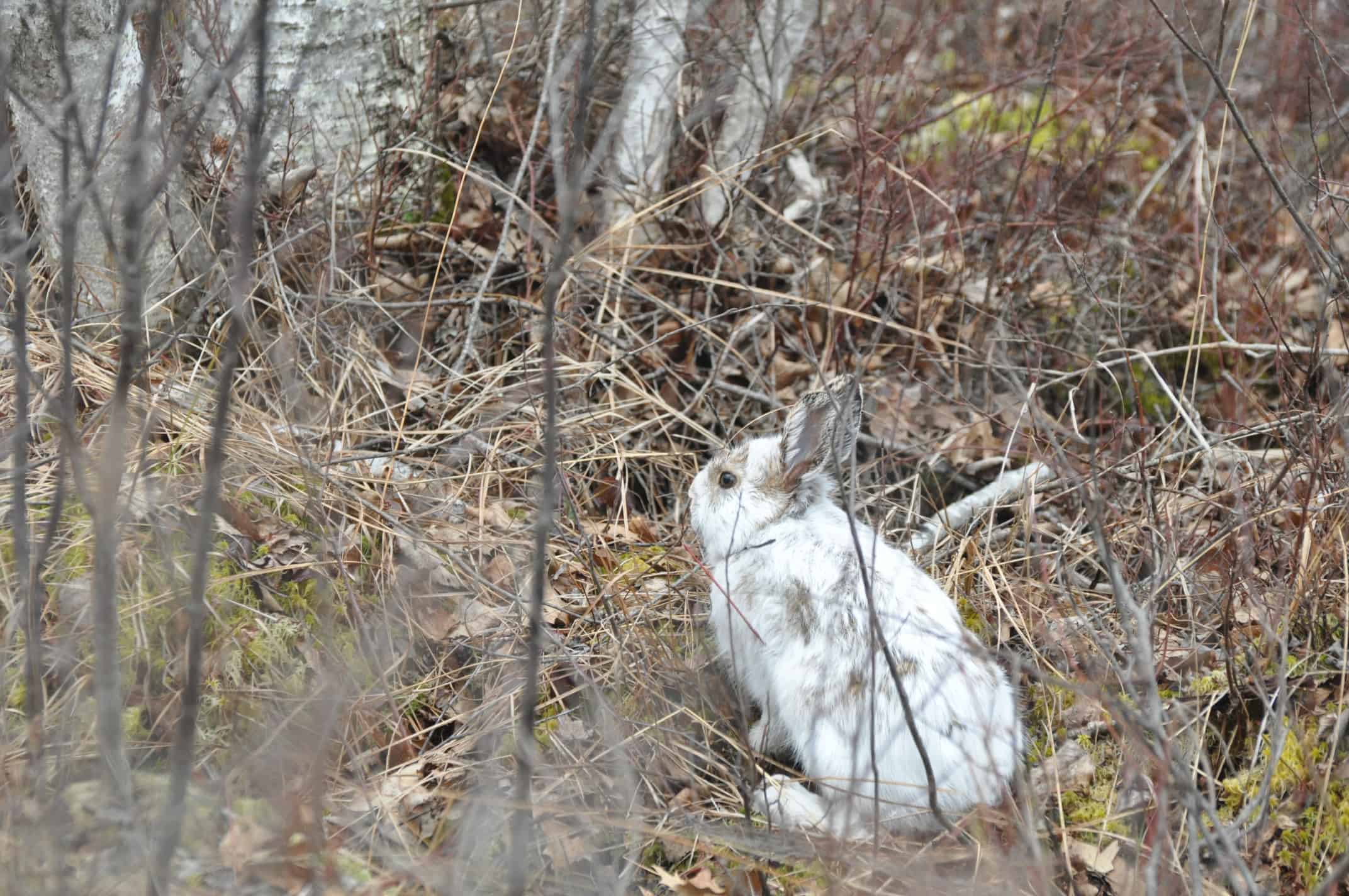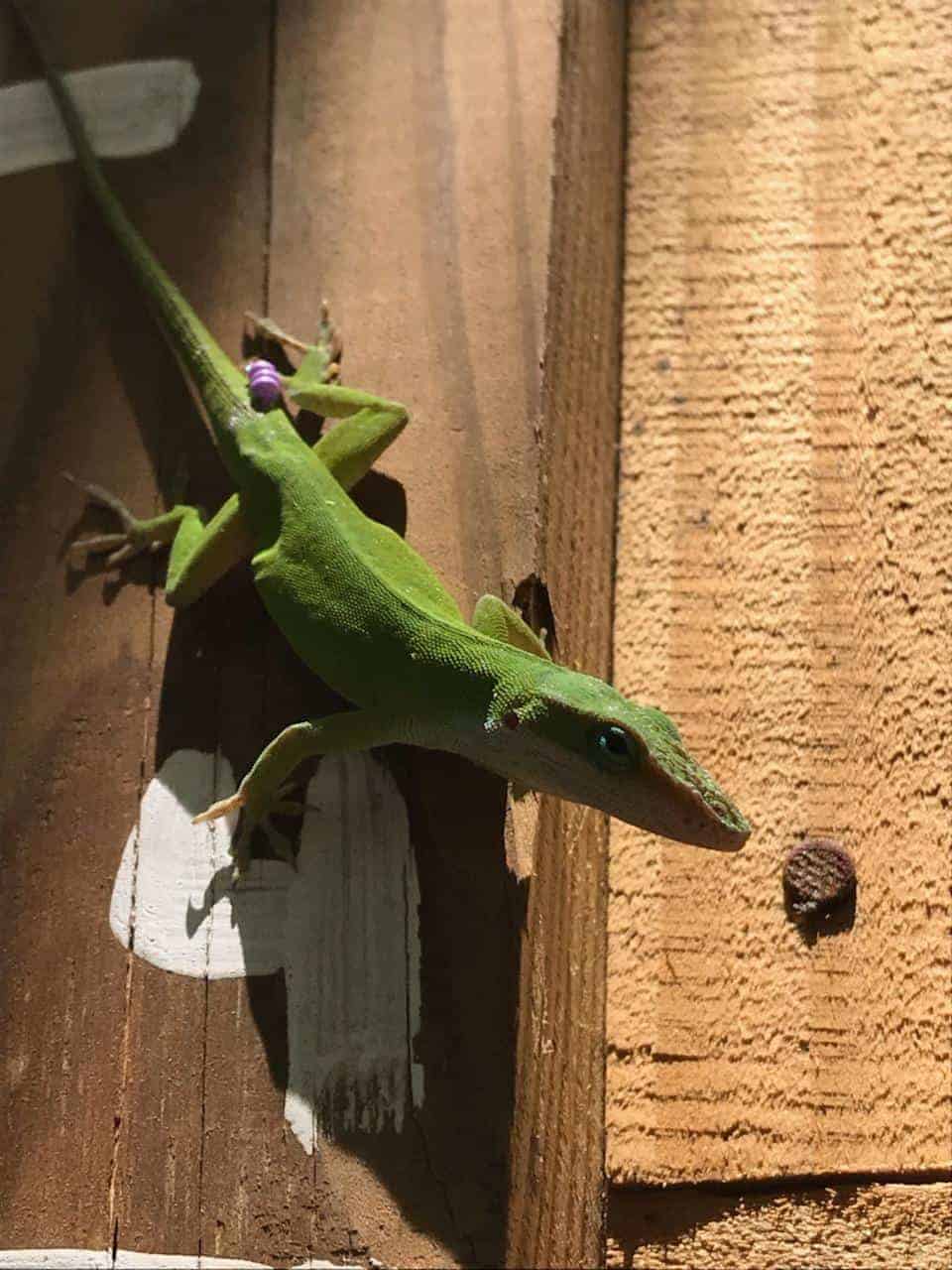Share this article
These are the top 10 wildlife stories of 2022
The past year has seen plenty of important developments and groundbreaking research for wildlife, plus a few strange tales along the way. Here are the most read stories on wildlife.org in 2022.
The Recovering America’s Wildlife Act seemed poised for passage in 2022, as wildlifers called their legislators and watched the process. It made it through in the House of Representatives with bipartisan support, then met similar success in the Senate. It seemed bound for passage down to the last minutes of Congress, only to be dropped from an omnibus spending bill in the end. If passed, it would have provided permanent, dedicated funding to state and Tribal agencies to conserve at-risk species. Now, supporters are considering plans for the next Congress.
Manatees are an Atlantic mammal, but some that were introduced into the Panama Canal have made their way to the Pacific Ocean, raising questions among researchers. Dating back to 1964, a mix of Amazonian and West Indian manatees were brought in to control water hyacinths in hopes of giving mosquitoes fewer places to breed in the canal zone. The manatees interbred, and today researchers believe some 30 are swimming in the system, creating the risk that other manatees will pass through the locks and reach the Pacific.
After trapping, collaring and sampling Louisiana coyotes for their DNA, researchers found many of them retained genetics of red wolf ancestors some 40 years after the last known one was removed. In some areas, almost two-thirds of the coyotes had red wolf DNA. Scientists believe those genetics could help bring the wolves back from the brink of extinction, and the region could prove an ideal site to return them to the wild.
Fishers can be hard to catch on camera. Often, they vanish from view before the shutter snaps. But when female fishers are carrying their young, they move a bit slower, sometimes stopping to readjust. “Carrying kits can be a little bit awkward for her,” researcher Stephanie Cunningham said. That made cameras a great way to count kits.
Researchers in Wisconsin knew climate change had caused snowshoe hares to die out, but they wondered about other species that had disappeared. Maybe predators were changing their diets as snowshoe hares became scarce. To try to find out, researchers took an unusual approach. They reintroduced snowshoe hares to see if they would disappear again and watched what that meant for ruffed grouse and porcupines. “The loss of a single species can have ripple effects throughout the community,” said researcher Evan Wilson.

The disappearance of snowshoe hares had ramifications throughout the ecosystem. Credit: Evan Wilson
A warmer climate seems to be ushering black vultures into new regions. Bigger and more aggressive than turkey vultures, these scavengers have raised concerns among farmers, who have complained about them becoming predators of newborn cattle. “They definitely will attack the young and helpless,” said researcher Brandon Quinby. Researchers say the risk of conflicts from growing midwestern black vultures populations is on the rise—up to 63% in some areas.
Since brown anoles hitched a ride on cargo ships to Florida in the 1800s, they have been muscling out native green anoles. “There is a sense the brown anoles are kind of bullies,” said researcher Jordan Bush. Using an outdoor laboratory, his team found “bully” wasn’t quite the right metaphor. Instead, brown anoles seem to outcompete natives by their sheer numbers. The newcomers seem to tolerate denser living conditions, allowing them to take over more territory.

Green anoles face competition from invasive brown anoles. Credit: Harry Pepper
First-of-its kind footage revealed that bobcats may prey on invasive Burmese python eggs in southern Florida. While the video showed a one-off case, the discovery revealed that some native wildlife may be able to fight the spread of the disruptive predators. “The more of those types of things that we can see, the stronger the case that maybe the Everglades is fighting back,” said researcher Andrea Currylow.
To get a grasp of wild pig reproduction in South Carolina, researchers conducted necropsies of pigs culled in management efforts. “That is no small feat to do in the heat of South Carolina,” said researcher Sarah Chinn. “We don’t have a laboratory—everything is done in the field.” Her team found that while the pigs give birth all year—helping make them such successful invaders—their pregnancies peak at certain times of year, which seem to track with acorn abundance. Researchers hope their findings can help wildlife managers improve population models for the spread of these invasive pigs.
When a Southern California community saw an uptick in domestic cat deaths due to coyotes, officials suspected the canids were venturing into residential neighborhoods in search of feline prey. Instead, researchers found, it was the cats that were roaming into areas coyotes prefer. Biologists suspect Culver City’s cats are so abundant that they’re occupying a wider range of niches. “Not only were they present in residential spaces, but they were also present in green spaces that coyotes were primarily using as habitat,” said researcher Rebecca Davenport.







